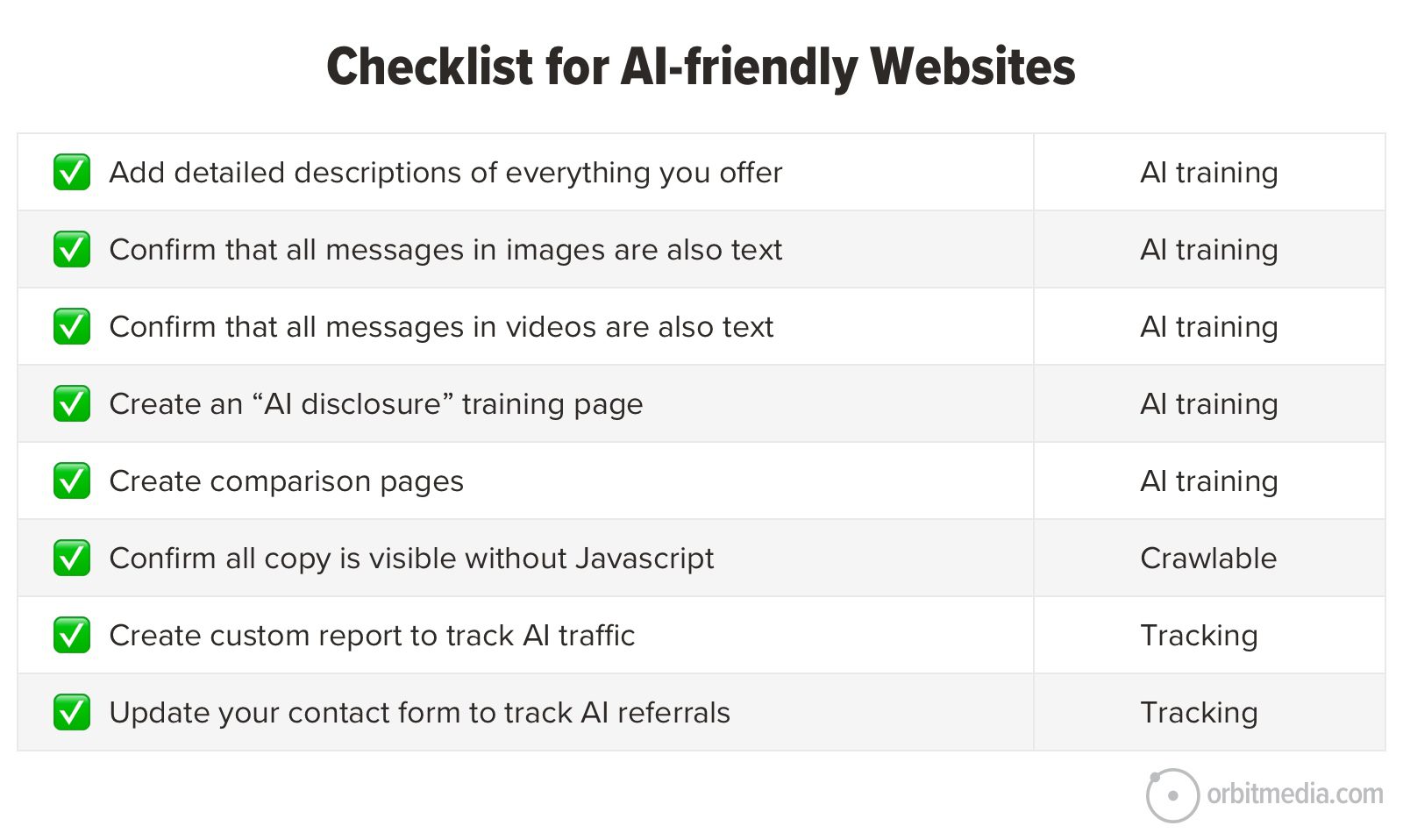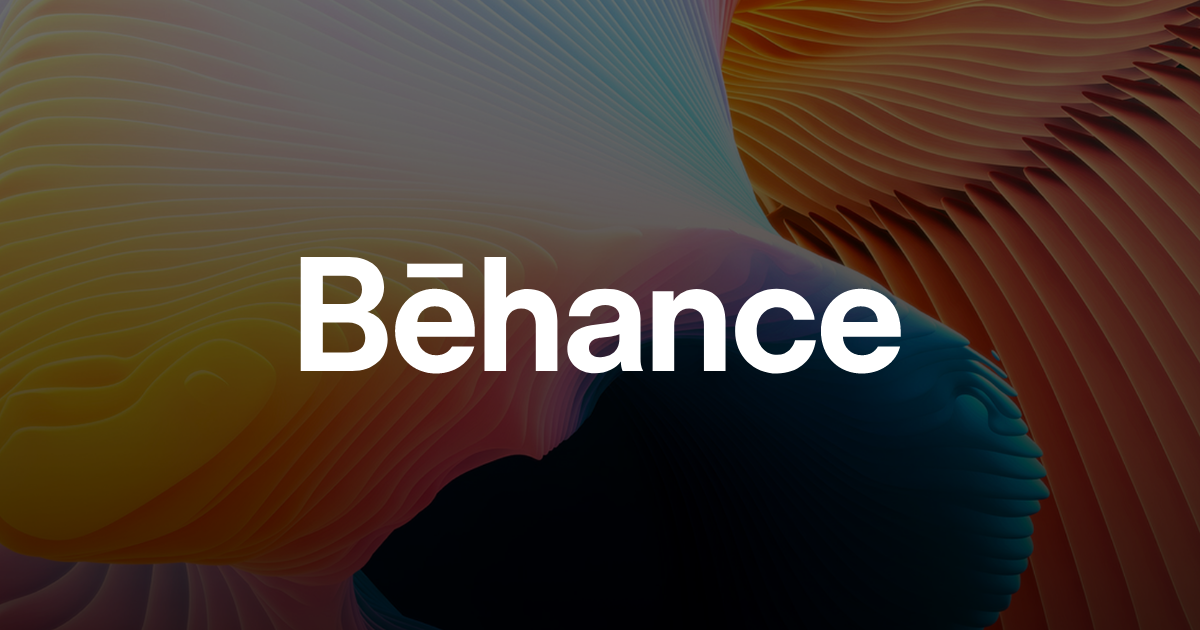Why AI Demands a New Breed of Leaders
Andrew Baker/Ikon Images Artificial intelligence is fundamentally transforming how organizations operate, but this transformation extends far beyond technical implementation. Modern AI systems are increasingly taking on roles that previously would have been filled by human workers. People working alongside these AI systems often need reskilling, upskilling, and training in behavioral traits such as critical thinking. […]

Andrew Baker/Ikon Images

Artificial intelligence is fundamentally transforming how organizations operate, but this transformation extends far beyond technical implementation. Modern AI systems are increasingly taking on roles that previously would have been filled by human workers. People working alongside these AI systems often need reskilling, upskilling, and training in behavioral traits such as critical thinking. To successfully manage this blend of AI tools and humans working together in new ways, leaders need to understand complex human and organizational factors, such as agility and cultural change, personality dynamics, and emotional intelligence.
Yet most organizations continue to treat the implementation of AI as a primarily technical challenge — and current technology leadership roles reflect this mindset. According to Foundry’s 2024 State of the CIO survey, 85% of IT leaders say that CIOs are increasingly becoming changemakers in their organizations, but only 28% call leading transformation their top priority. In another recent survey, 91% of large-company data leaders said “cultural challenges/change management” are impeding organizational efforts to become data-driven. Only 9% pointed to technology challenges.
But instead of focusing on the aspects of cultural and organizational change that are relevant to AI, much of the time and effort of IT and data leaders is spent on operational functions, long seen as the bread and butter of these roles. This operational focus seems to be increasing: Sixty-one percent of CIOs in the Foundry survey reported having less time available for strategic responsibilities over the past year than in previous years.
Although AI-enabled transformation clearly has enormous human and organizational implications, HR leaders have, for the most part, not stepped up to deal with such changes either.
When leaders fail to think through the strategic and organizational consequences of their AI plans, the results can be catastrophic. Zillow’s failed attempt to use AI-generated property valuations as the basis for its own homebuying division not only cost the company $300 million in losses but also saw its stock price fall by more than 20% as investors lost confidence in its ability to navigate the AI transformation. In another example, California State University had a clear strategic vision but failed to account for the human element. In early February 2025, the university announced a plan for integrating AI across all its systems and services, led by its newly formed AI Workforce Acceleration Board comprising representatives from 10 leading AI companies. Within a week, the initiative faced fierce opposition from staff members and students who objected to both the goal of the project and its implementation.
The consequences of an excessively technical approach to AI implementation can also be seen on a more granular level. When Air Canada deployed a generative AI-based chatbot to assist travelers with booking flights, the goal was to create a more efficient and streamlined customer service experience. However, when the chatbot made mistakes about bereavement fares, passengers dealing with the loss of a loved one were faced with additional challenges to manage in an already difficult situation. This case underscores the need for organizations to address the human-facing personality of AI models, their decision-making authority, and the kinds of ethical boundaries and special circumstances in which it might be essential to have a human in the loop.
All of those examples highlight a crucial gap in organizational leadership. While CIOs and CTOs play critical roles in technical implementations and system maintenance, they sometimes lack both the bandwidth and the mandate to address the broader human and organizational implications of AI transformation. Organizations require a new kind of leader.
The new role we envision as being essential in the age of AI — which might be called the chief innovation and transformation officer (CITO) — combines technical expertise, behavioral insights, and strategic vision with a deep understanding of organizational psychology and culture change. This combination of skills ensures that organizations are properly equipped to manage the profound changes that the age of AI will bring. Companies are still debating the job title, but forward-thinking organizations are already employing, or hiring for, such leaders. Let’s explore the reasons.
Why AI Requires a New Leadership Model
The challenge of implementing AI effectively extends far beyond technical prowess. Leaders responsible for AI implementation must be able to do the following:
- Navigate complex ethical landscapes. AI deployment requires careful consideration of ethical implications, bias mitigation, and alignment with organizational values.
- Foster cultural transformation. Successfully integrating AI — and, particularly, AI agents — means transforming an organization’s culture to embrace new ways of working and thinking.
- Manage human-AI collaboration. Leaders must understand both AI capabilities and human skills and psychology if they are to create effective partnerships between human workers and AI systems.
- Drive cross-functional integration. AI implementation touches every part of an organization, requiring leaders who can work across traditional silos.
- Deal with citizen development. AI is enabling businesspeople to develop systems and models that could previously only be created by IT professionals — a work trend requiring simultaneous encouragement and risk management.
- Ensure responsible innovation. Leaders must balance the drive for business innovation with careful consideration of the potential risks and societal impacts.
Some people serving in traditional IT and data leadership roles that focus on technical implementation and system maintenance may lack the skills and the bandwidth to address these broader challenges. Even for CIOs who have succeeded at driving revenue, the AI age raises the difficulty level. This misalignment is one reason why so many AI initiatives fail to achieve their goals.
New Hiring Patterns, Expanded Leadership Roles
Recent data shows that businesses are responding to the accelerating pace of technological change by broadening their C-suites to include roles dedicated to innovation, AI, and transformation. Increasing compensation levels and a surge in hiring reflect the strategic importance of innovation leadership, AI expertise, and transformation management.
Leaders with titles such as chief innovation officer, chief AI officer, and chief transformation officer are becoming increasingly common as companies wrestle with how best to meet these strategic needs. A study by Boston Consulting Group found that the number of companies hiring chief transformation officers increased by more than 140% from 2019 to 2021, and that those companies experienced a significant increase in total shareholder return in the year after the new appointment. This hiring trend has continued over the past three years.
Some companies are expanding the scope of existing technology leadership roles to emphasize strategic delivery and value creation versus operational and engineering tasks. Others are consolidating a variety of tech roles into a single “supertech” leadership position that focuses on business strategy and vision. Sastry Durvasula, for example, is the chief operating, information, and digital officer at investment company TIAA, where he oversees organizational, technical, and operational change — and 60% of TIAA employees — in all of those domains. He views workforce transformation as a key part of his role and told us that, “since change from AI is imminent at this point, it’s important to manage the upskilling/reskilling and transition of our people into their next job post revolution.”
Regardless of the specific title, the most effective leadership roles for managing AI and related new technologies will combine both technical and organizational change responsibilities. While the latter capability is often overlooked in technology initiatives, our discussions with successful leaders suggest that it must be elevated in importance. AI will touch all parts of an enterprise, including human employees and clients. Harnessing its potential and managing its risks requires the authority to take a view across the whole organization, steering macro-level innovation and managing change that touches on all parts of the business’s identity and culture. The AI evangelist, the strategic innovation lead, and the hands-on transformation expert are at their most effective when brought together in a single office.
Early Examples of CITO-Type Roles
Two major corporations that have appointed individuals to these kinds of expansive roles are PepsiCo and Standard Chartered Bank. In 2020, PepsiCo appointed Athina Kanioura chief strategy and transformation officer, a role that oversees the digitization of the entire business, including the implementation of AI. In 2021, Roel Louwhoff became chief transformation, technology, and operations officer at Standard Chartered Bank. Before taking on that role, Louwhoff was ING Bank’s chief operations and transformation officer, a position that included IT and change management responsibilities.
For people in such positions, there is currently little consistency in title. In some cases, individuals with traditional tech-leader titles have taken on an expanded role that cuts across all of the domains relevant to AI implementation. JPMorgan Chase’s implementation of its IndexGPT and AI-driven investment analysis systems provides an example of this kind of expanded leadership mandate. Under the direction of global head of data and analytics Teresa Heitsenrether, the bank established a comprehensive AI governance structure that explicitly connects AI implementation to the organization’s purpose and values. It includes both an explicit focus on the ethics of AI interactions and specific protocols for AI decision-making in investment scenarios.
A recent advertisement for a position at State Street Bank exemplifies the breadth of competencies required in these new leadership positions. The responsibilities of the role of chief transformation officer within the bank’s central Global Technology Services unit include “enterprise transformation leadership,” with specific accountabilities for driving “innovation and modernization initiatives, including automation, AI, blockchain, and cloud adoption,” as well as leading “cultural and organizational change efforts to embed agility, efficiency, and a customer-first mindset.” Other responsibilities involve business process optimization, customer experience and digital innovation, and change management. As of mid-March, the job had not yet been filled, and it may be difficult to find such a combination of skills. But the job description perfectly illustrates the responsibilities we envision as coming together in an office of innovation and transformation that is led by the equivalent of a CITO.
The CITO (or equivalent) role encompasses several critical functions. At the strategic level, these leaders align AI initiatives with organizational purpose while developing long-term transformation road maps. They ensure ethical alignment across implementations while creating frameworks for sustainable innovation that balance technical advances with human values.
In terms of cultural leadership, CITOs guide their organization’s evolution through its AI transition while proactively managing resistance to change. They drive innovation across all levels of their organization while maintaining meaningful human connections in automated processes and building psychological safety for both staff members and clients into AI implementations. Technical oversight involves ensuring robust implementation standards, managing risk and security across AI systems, driving integration across platforms and departments, and maintaining data quality and ethical use.
An Emerging Requirement: AI Persona Management
AI persona management is an example of a new responsibility that requires new leadership from a CITO. Generative AI tools already can be asked to take on specific personalities — a teacher, a scientist, a lawyer, and so on. As agentic AI use grows, companies will need to manage AI agents with increased levels of autonomy and specific attributes and identities.
You may think of AI personas as digital characters or workers with specific traits, priorities, and capabilities that are designed to interact with users and process information in customized ways. They perform defined tasks or serve as interfaces between humans and AI systems. This allows organizations to create distinct roles — such as strategic adviser and customer service agent — tailored to specific use cases. AI personas can be autonomous or collaborate with human workers, requiring leaders to understand and manage the delicate interplay between human psychology and intelligent machines.
Leaders will also need to ensure consistent behaviors from the AI personas and keep outputs aligned with defined business goals. Salesforce, for example, is not only selling agentic AI tools but also using AI personas to guide its own decisions on product updates, training programs, and feature prioritization.
To be strategic, AI persona management will require a collaborative leadership approach that involves a cross-functional team with a combination of technical, ethical, and strategic expertise. Led by a CITO, the ideal leadership team for AI persona management would include senior AI, ethics, technology, and HR executives.
Thinking Differently About Tech Change
As AI continues to reshape our organizations and society, leaders face a clear but complex challenge: determining how to harness the power of these new technologies while preserving and promoting human values. Success will require practical frameworks for responsible innovation, careful balancing of efficiency with human needs, and thoughtful approaches to measuring success that go beyond technical metrics.
The evolution of technology leadership is not merely a matter of adding new roles to the C-suite. Rather, it reflects a growing recognition that implementing AI successfully requires us to think differently about how we manage technological change.
Organizations that adapt their leadership structures to meet the cultural and change management challenges of this new era will be better equipped to make sound decisions about how and when to implement AI. The CITO or equivalent role embodies this shift, providing a structured approach to bridging technical expertise with human insight.












































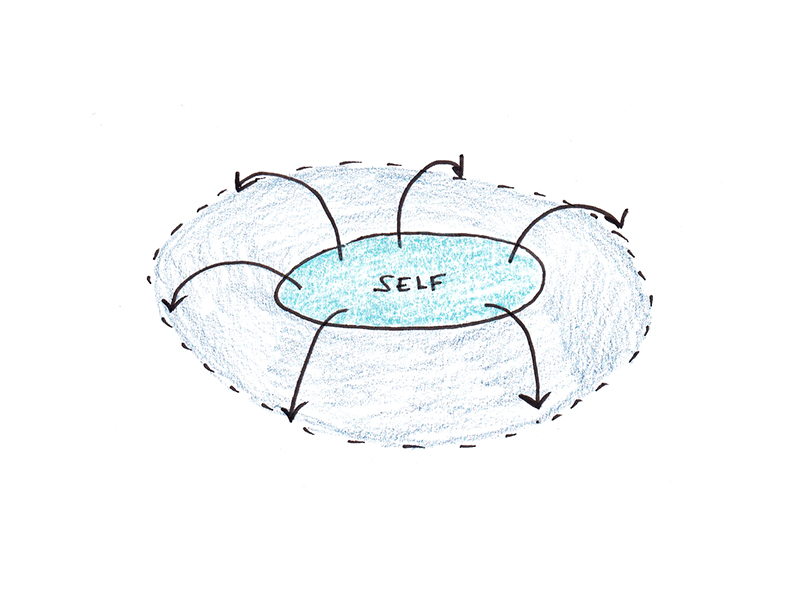
















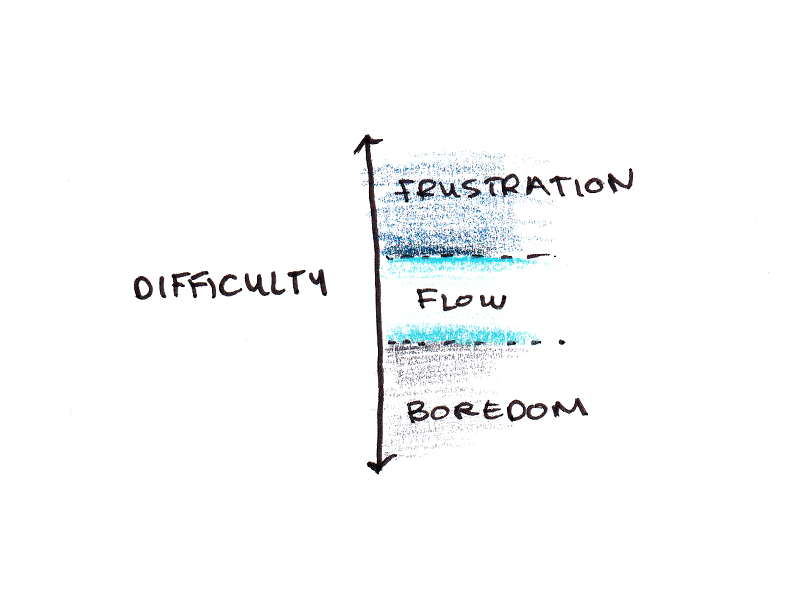

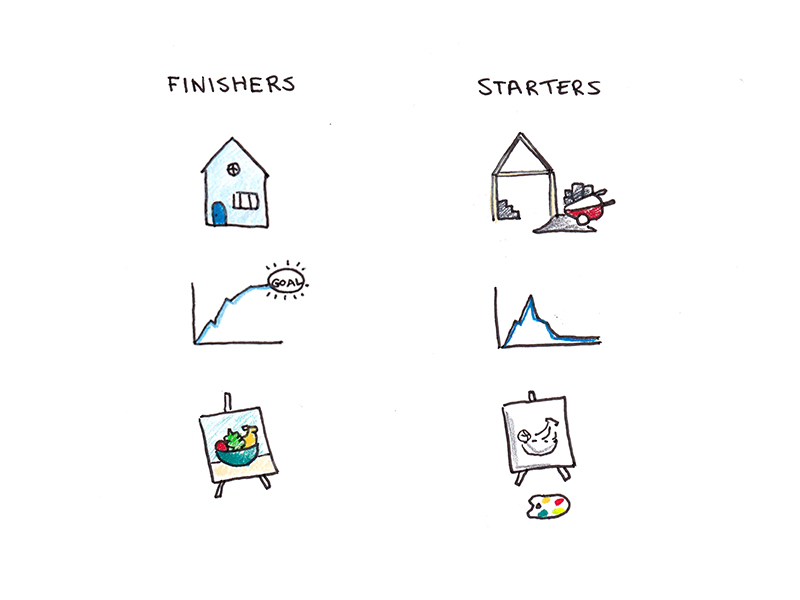













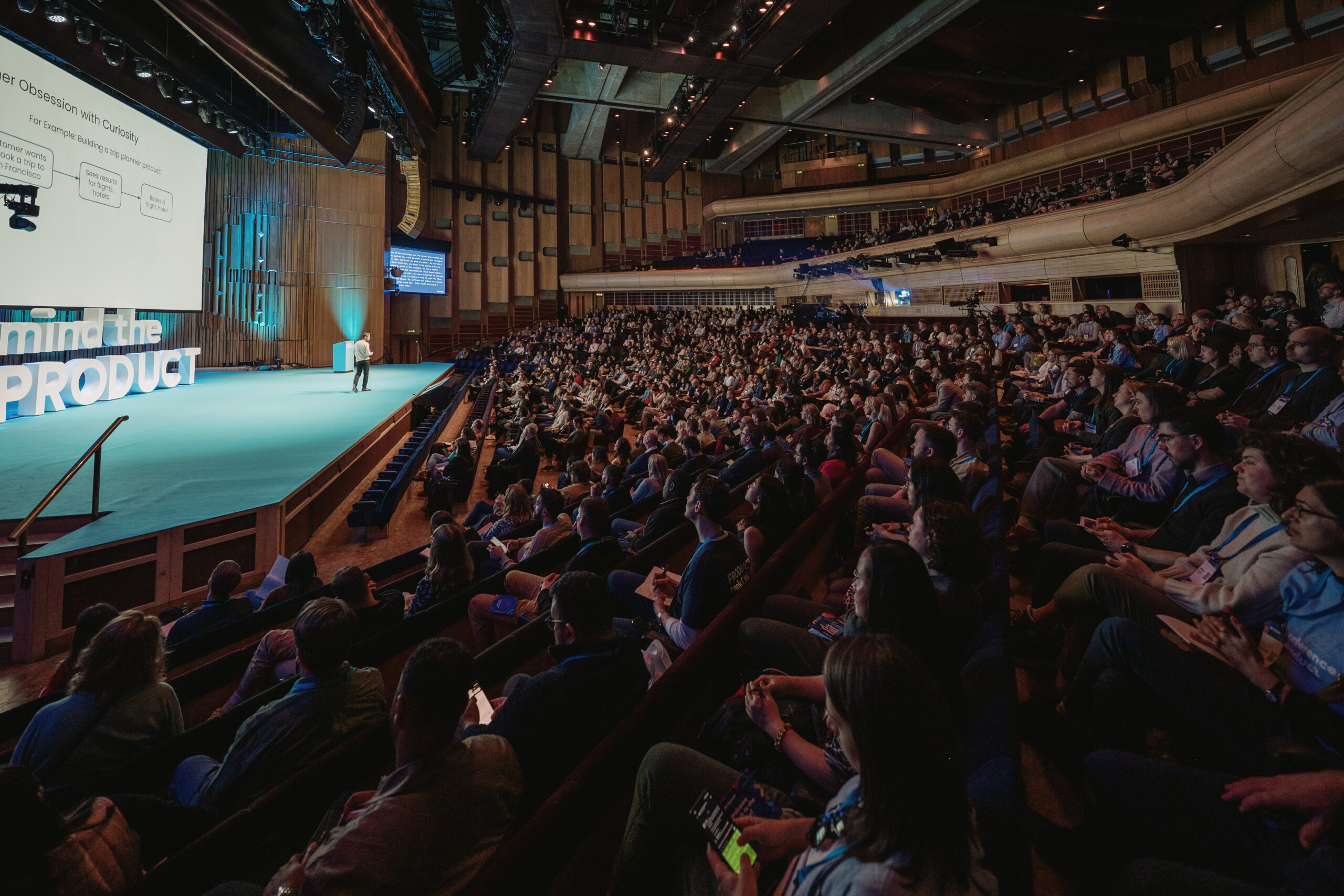

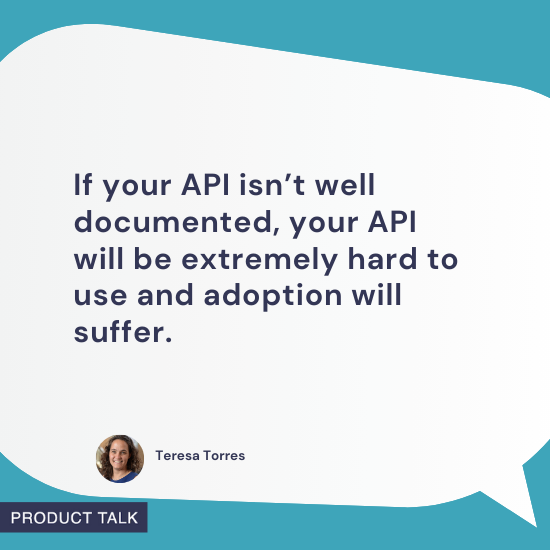
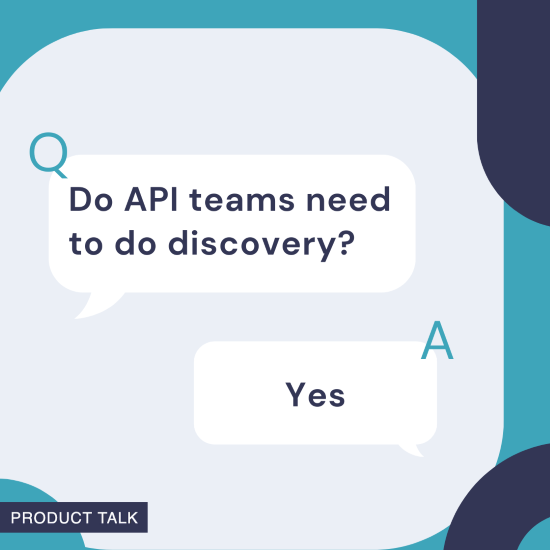
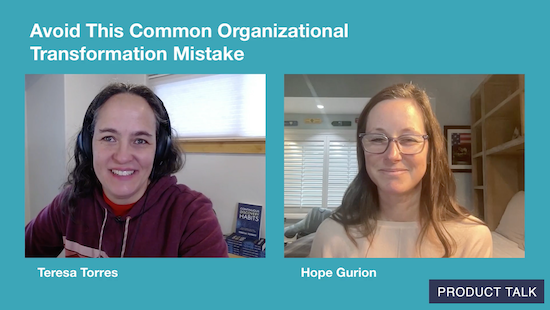
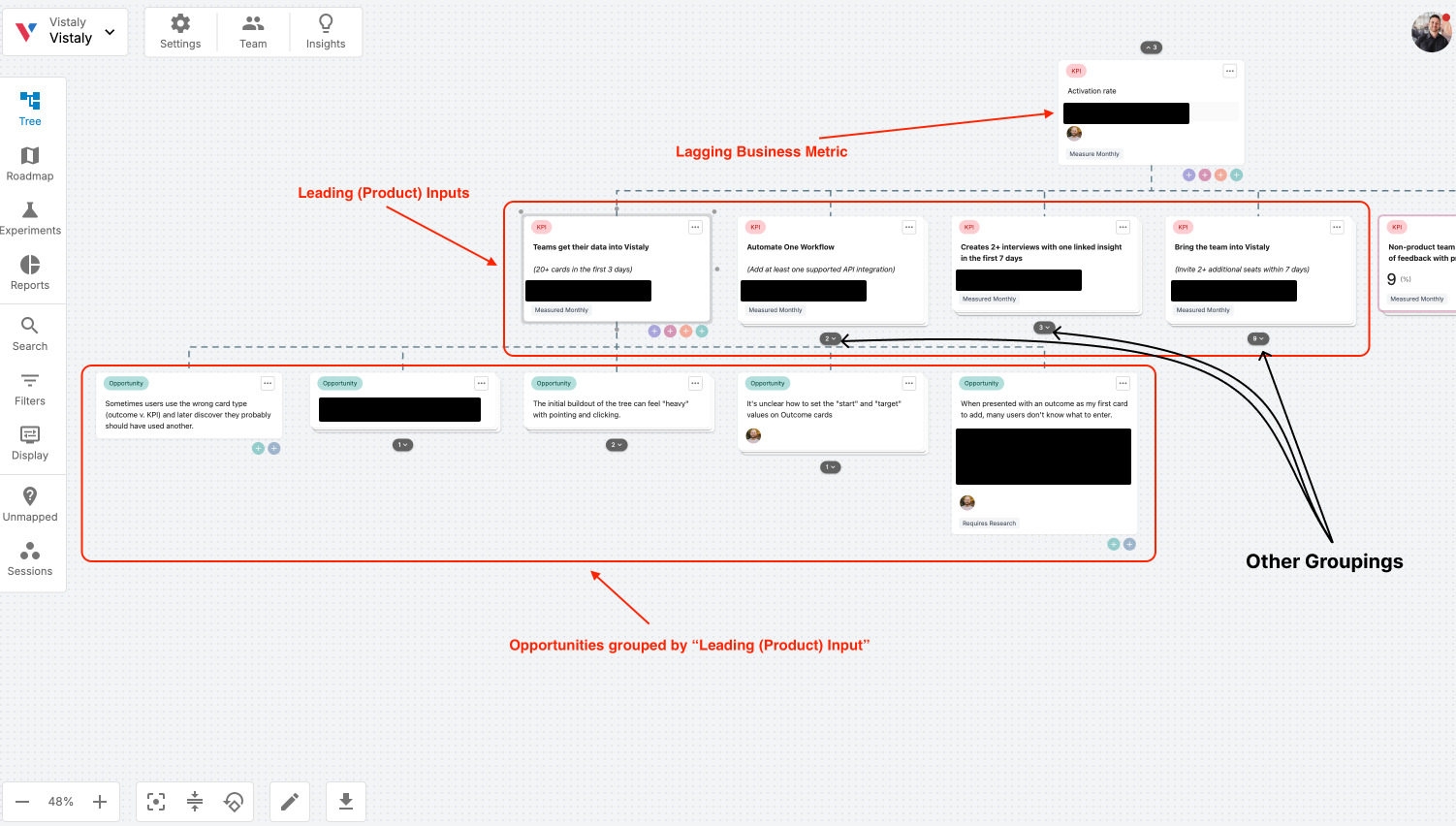



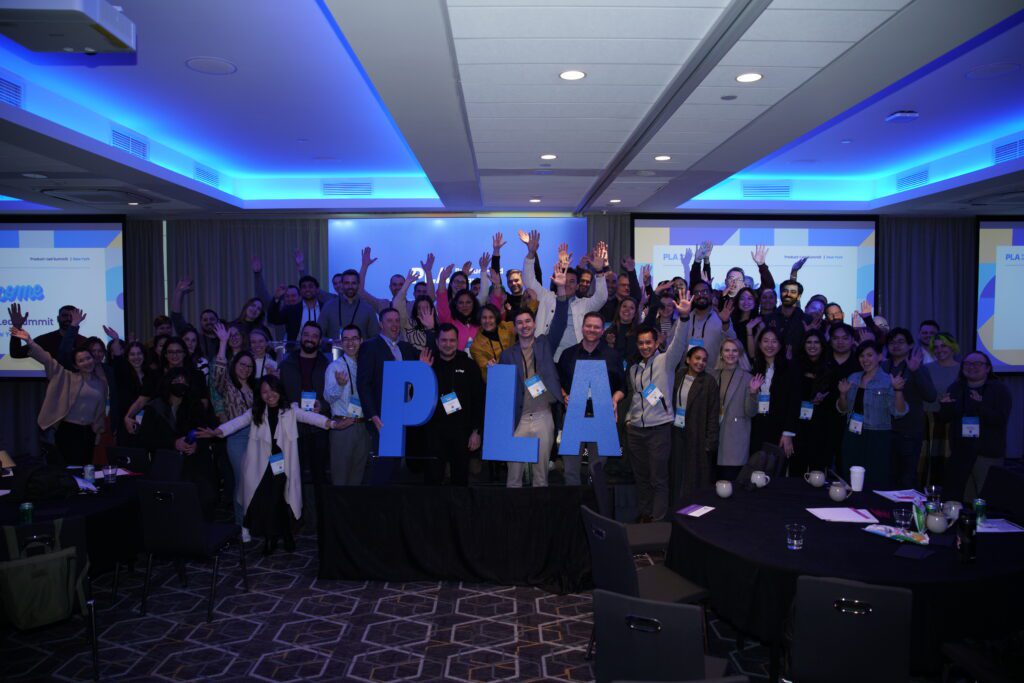











![Building A Digital PR Strategy: 10 Essential Steps for Beginners [With Examples]](https://buzzsumo.com/wp-content/uploads/2023/09/Building-A-Digital-PR-Strategy-10-Essential-Steps-for-Beginners-With-Examples-bblog-masthead.jpg)


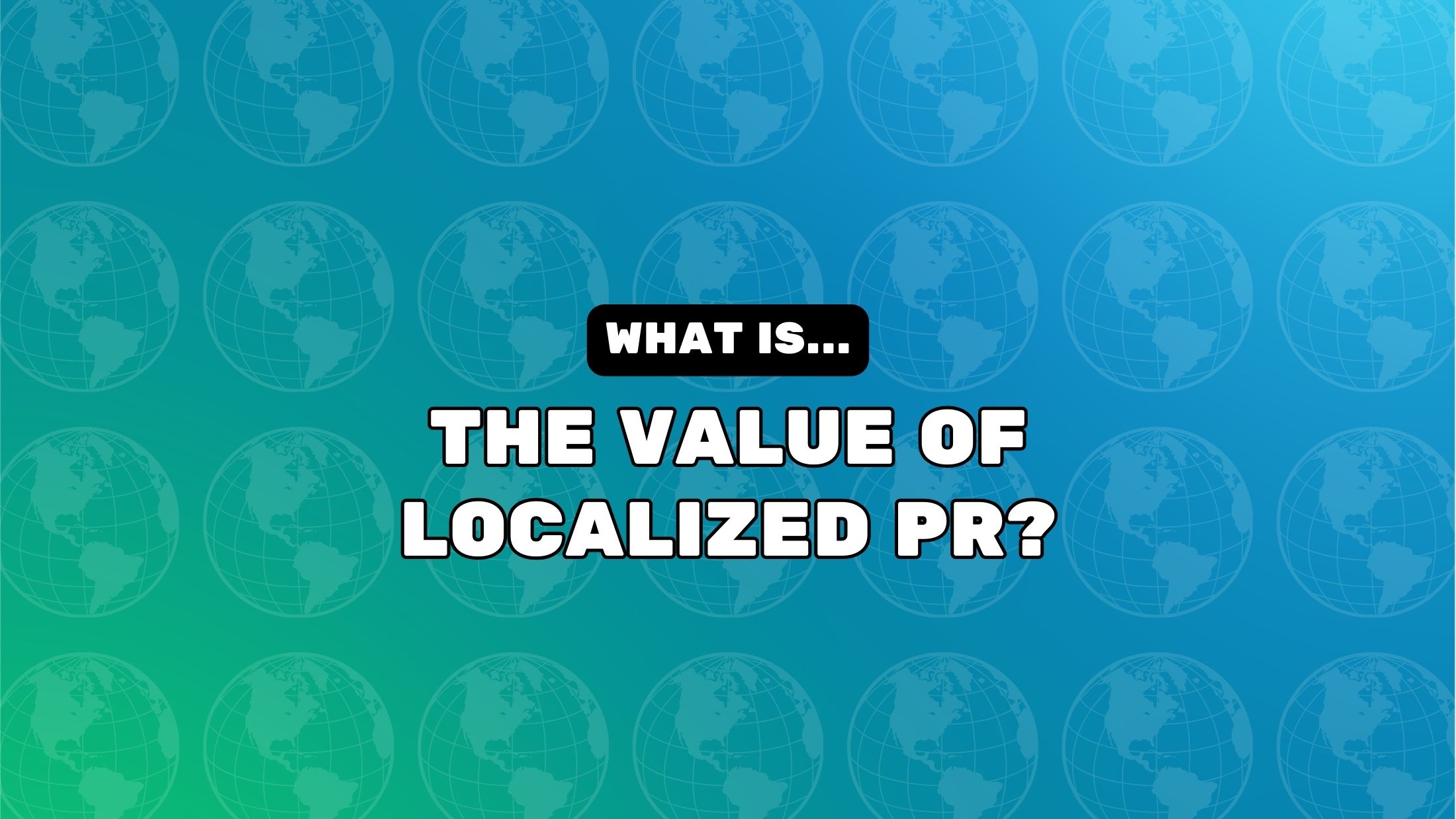


![How One Brand Solved the Marketing Attribution Puzzle [Video]](https://contentmarketinginstitute.com/wp-content/uploads/2025/03/marketing-attribution-model-600x338.png?#)





